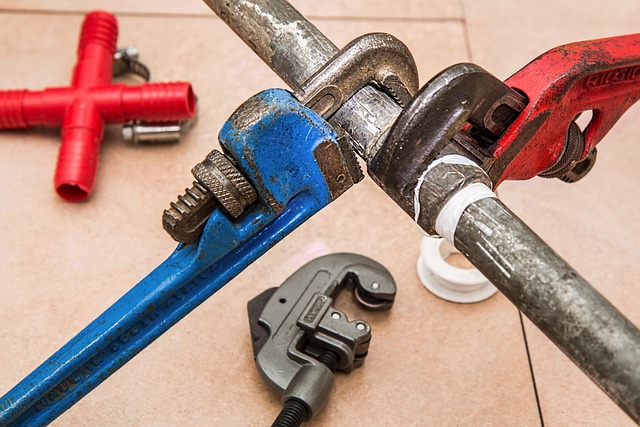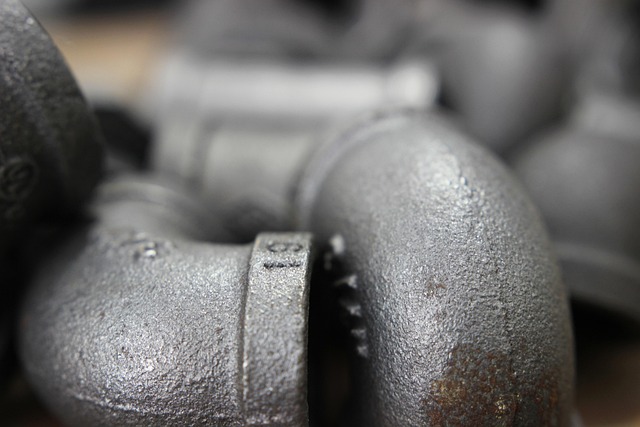In plumbing emergencies, quickly shut off your water supply using the main valve (near entrance or in utility room) clockwise until it clicks. If inaccessible, check under sinks for individual valves. For extensive damage, multiple leaks, or gas/sewage issues, contact Emergency Plumbing Services immediately, prioritizing safety over DIY fixes.
In the face of a plumbing emergency, quickly shutting off your water supply can prevent severe damage and costly repairs. Understanding where and how to locate your home’s water shut-off valve is crucial. This guide breaks down the process step-by-step, empowering you to respond effectively. We also outline when to call professional Emergency Plumbing Services for complex issues beyond DIY reach. By the end, you’ll be equipped with the knowledge to handle plumbing crises with confidence.
- Understanding Your Home's Water Shut-Off Valve
- Steps to Turn Off the Water During an Emergency
- When to Call Emergency Plumbing Services
Understanding Your Home's Water Shut-Off Valve

In any plumbing emergency, knowing where and how to shut off your water supply is crucial. Many homes have a main water shut-off valve, typically located near the entrance to the house or in a utility room. This valve controls the flow of water throughout the entire property, making it an essential tool for quickly containing potential disasters like leaks, floods, or burst pipes. Understanding its location and operation can save you precious time and mitigate damage during emergency plumbing services.
The shut-off valve usually resembles a large metal or plastic wheel or knob. Turning it clockwise will stop the water flow, while turning it counterclockwise will reopen it. It’s important to test this valve regularly, just as you would your smoke detectors, to ensure it functions properly when needed. Familiarizing yourself with this simple yet vital mechanism can help you respond effectively during an emergency, minimizing the impact of plumbing issues on your home and daily life.
Steps to Turn Off the Water During an Emergency

In any plumbing emergency, quickly shutting off your water supply is a crucial step to prevent widespread damage. The first step is locating your main shut-off valve, typically found near the entrance to your home or in a utility room. This valve controls the flow of water into your entire house. Turn it clockwise until it’s firmly closed—you should hear a distinct click as the valve engages.
If you can’t find or operate the main shut-off valve, don’t panic. Many fixtures like sinks and toilets have individual shut-off valves behind them. Check under the sink for two small pipes; these are likely the shut-off valves for that specific fixture. Turning these clockwise will stop water flow to that area. Engaging these valves can help mitigate damage while you await emergency plumbing services.
When to Call Emergency Plumbing Services

In a plumbing emergency, such as a burst pipe or severe flooding, knowing when to call emergency plumbing services is crucial. While minor issues might be manageable with quick DIY fixes, more serious problems require professional intervention. If water damage is extensive and immediately threatens your property or health—for instance, if multiple pipes are leaking or there’s significant water intrusion—it’s time to contact Emergency Plumbing Services. Additionally, if you suspect a gas leak or the situation involves raw sewage, never attempt to handle it yourself; always call emergency plumbers first and foremost for safety reasons.
In the event of a plumbing emergency, knowing how to shut off your water supply quickly can save you from extensive damage and costly repairs. By understanding your home’s water shut-off valve and following the outlined steps, you can act promptly to contain the issue. Remember, while these immediate measures are useful, for more complex or persistent problems, it’s crucial to contact emergency plumbing services for professional assistance. Stay calm, take action, and ensure the safety of your home’s water supply.
